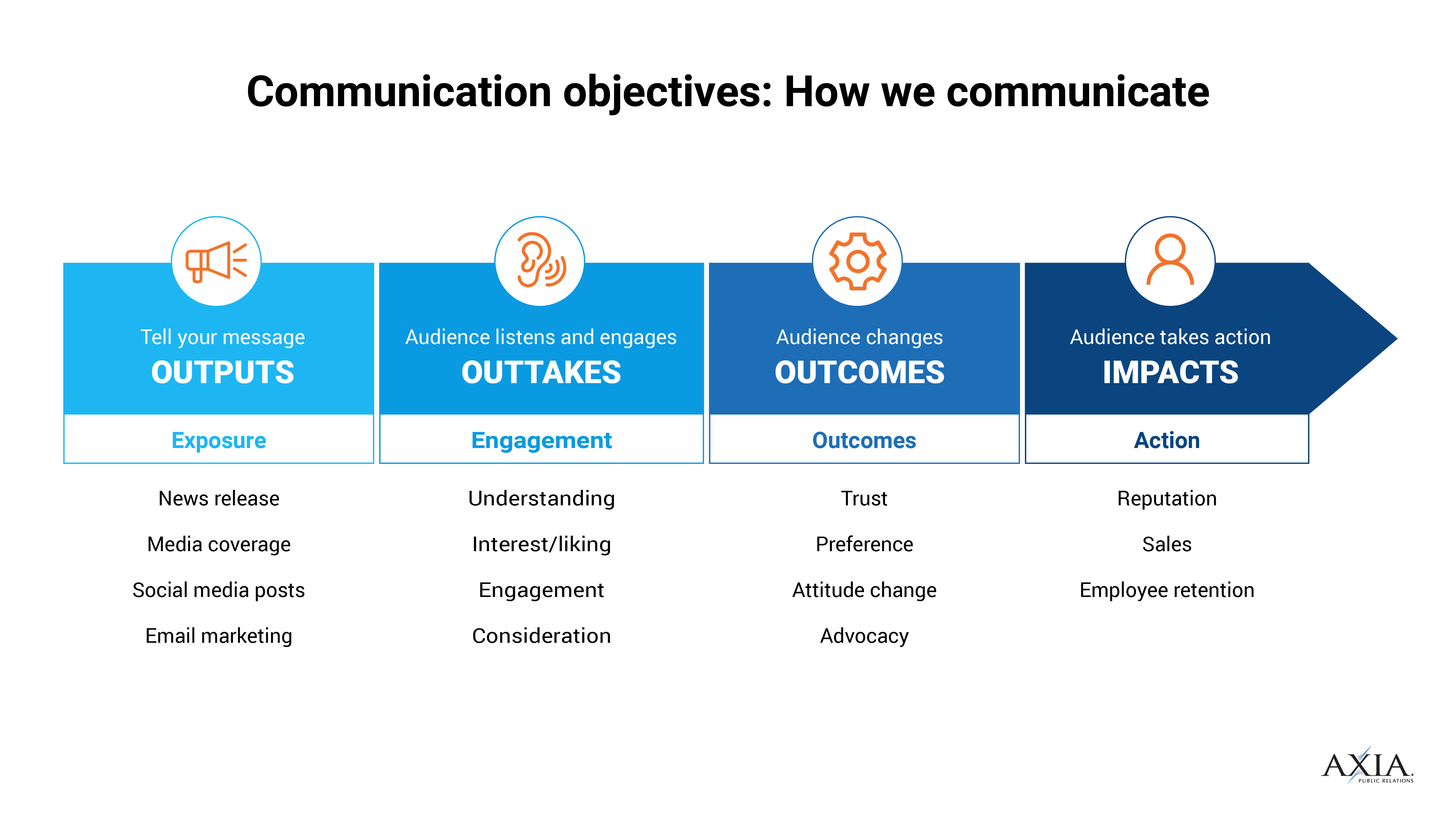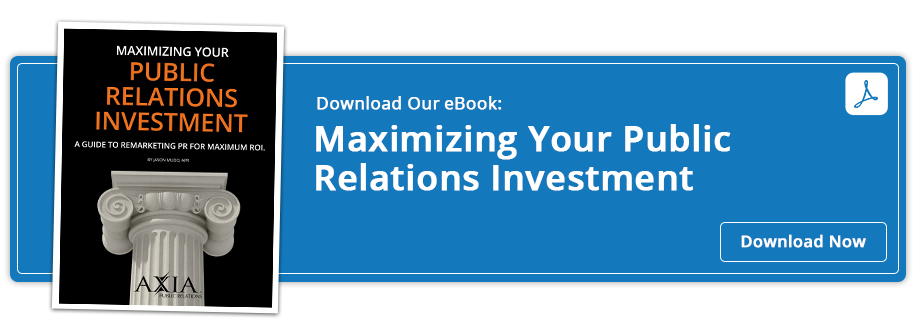You do have the time, money, and data to measure public relations
 The reasons for incorporating measurement and evaluation into your company’s public relations strategy are many:
The reasons for incorporating measurement and evaluation into your company’s public relations strategy are many:
- You know actual metrics behind reach, impressions, items, mentions, and engagement to understand the effectiveness of campaigns.
- You see which media channels certain audiences are most responsive to.
- You can predict future trends for better planning and agile response.
Being able to point out hard numbers to show success allows communications professionals to validate their important role in managing a company’s public image.
So what stops people from using measurement analytics?
- It costs too much.
For smaller companies especially, this may sound familiar. After all, software programs are expensive, aren’t they? Why spend money on something you’ve managed without so far? The reality is there are free options (Google Alerts, basic Google Analytics, and some “lite” versions of tracking software) and other programs with fees ranging from $80 per month to $150,000 per year. In other words, there are choices for every budget. The bigger question is, can you afford to NOT use M&E? How else can a company truly see what’s working and what isn’t? And if budgets are tight, knowing what brings results actually prevents waste. Not knowing in concrete terms which strategies meet your goals is like keeping the windows open while the air conditioning is running. Just because you’re working hard doesn’t mean you’re effective.
- I don’t have time for that.
Everyone has a horror story about the time they tried something that was supposed to help them and it ended up wasting time and money. If you were drawn to PR because creative communication is your passion, and numbers make you run for the hills, adding analytics can be intimidating. It’s time to shake off that attitude. Yes, learning a new program takes time. How much is your time worth? If knowing how to dig into social media mentions, geographical reach of releases, and other online analytics could help your company increase revenue, then how can you ignore PR analytics? Should crisis ever hit, knowing how to interact with the public across communication channels with the strongest impact could be the difference between sailing through the crisis and sinking.
- I don’t know what to measure.
This is probably the most difficult part of the entire process. This is what takes time because you are collecting data for a reason. What is your reason? Do you have SMART goals? Do you have a story behind your data? You’ll need to at some point. Just don’t let “analysis paralysis” stop you. Start simple and collect basic PR metrics related to business objectives. Often, PR analytics software programs already have this. Create one goal based on key performance indicators you do have. As you learn more about your company’s data, refine the process by adding additional categories, adding goals, and incorporating data sources across operational areas. It’s OK to start small. Just start somewhere.

Still not sure if all of this is for you? The PR experts at Axia Public Relations have helped companies of all types create data-based PR plans that see measurable results to reach business goals. Together, we can work with you to keep a steady stream of positive communication about your company that you can measure and evaluate, and will lead to real results. Download Axia’s complimentary e-book Maximizing Your Public Relations Investment today for more ways to get the most from your PR investment.
Clients love Noell’s high tech PR and instructional design experience. She earned her Master of Science in information technology management and business analytics from University of North Carolina. Noell has worked with Axia since November 2017.
Featured image credit: 123rf.com
Topics: investment, measurement, earned media


Comment on This Article